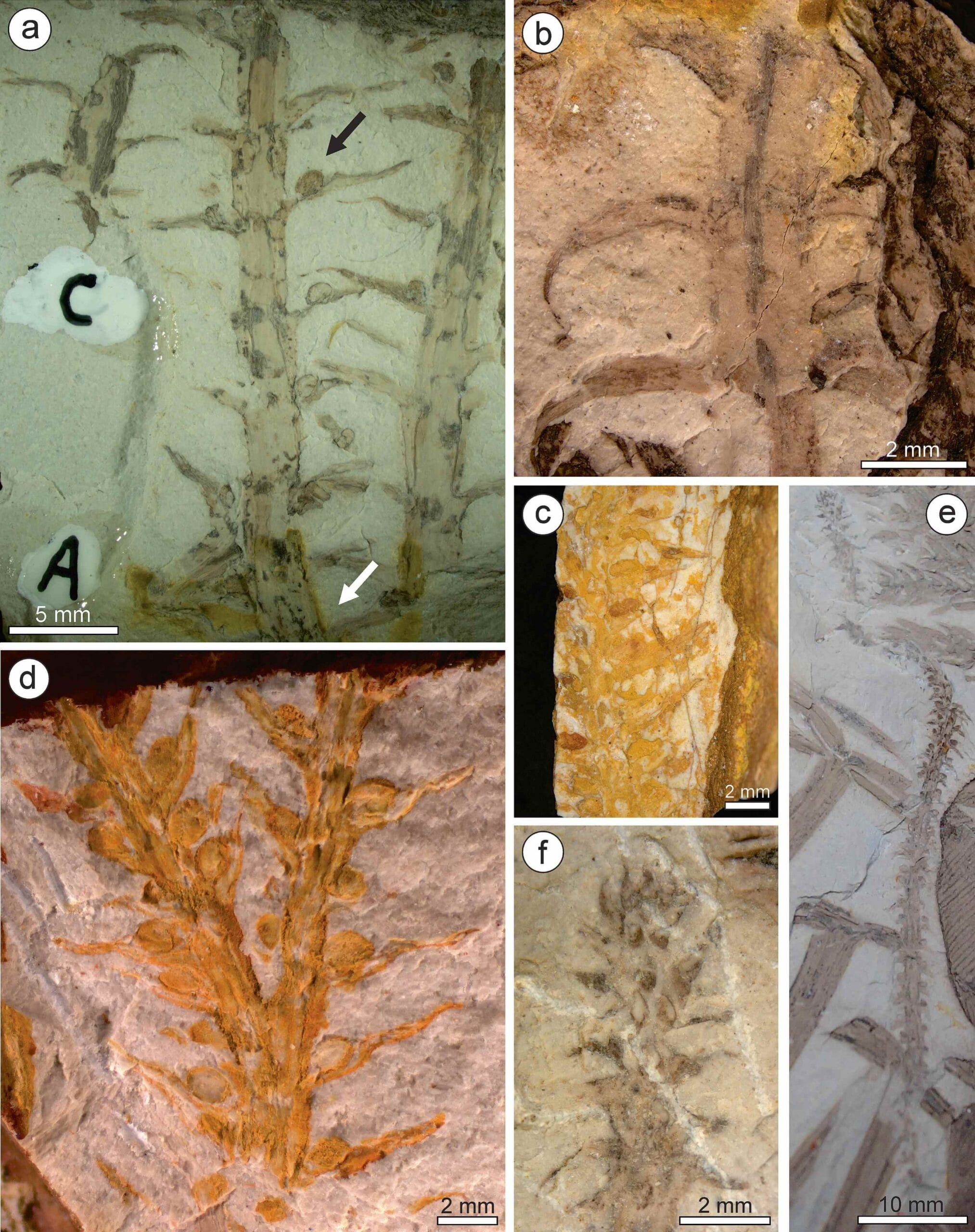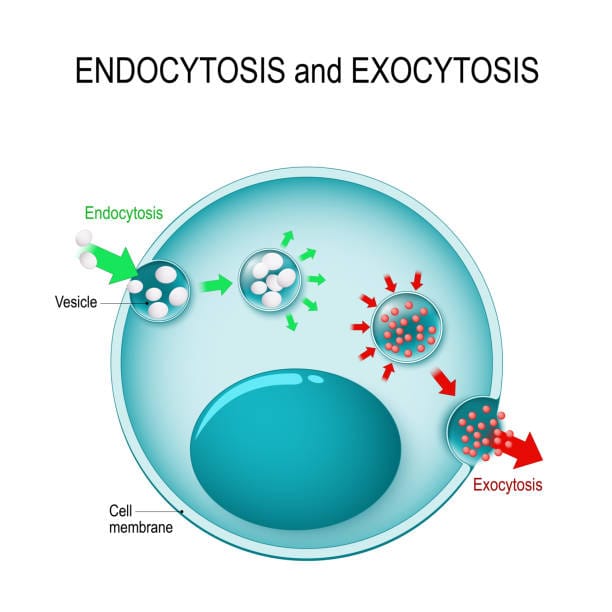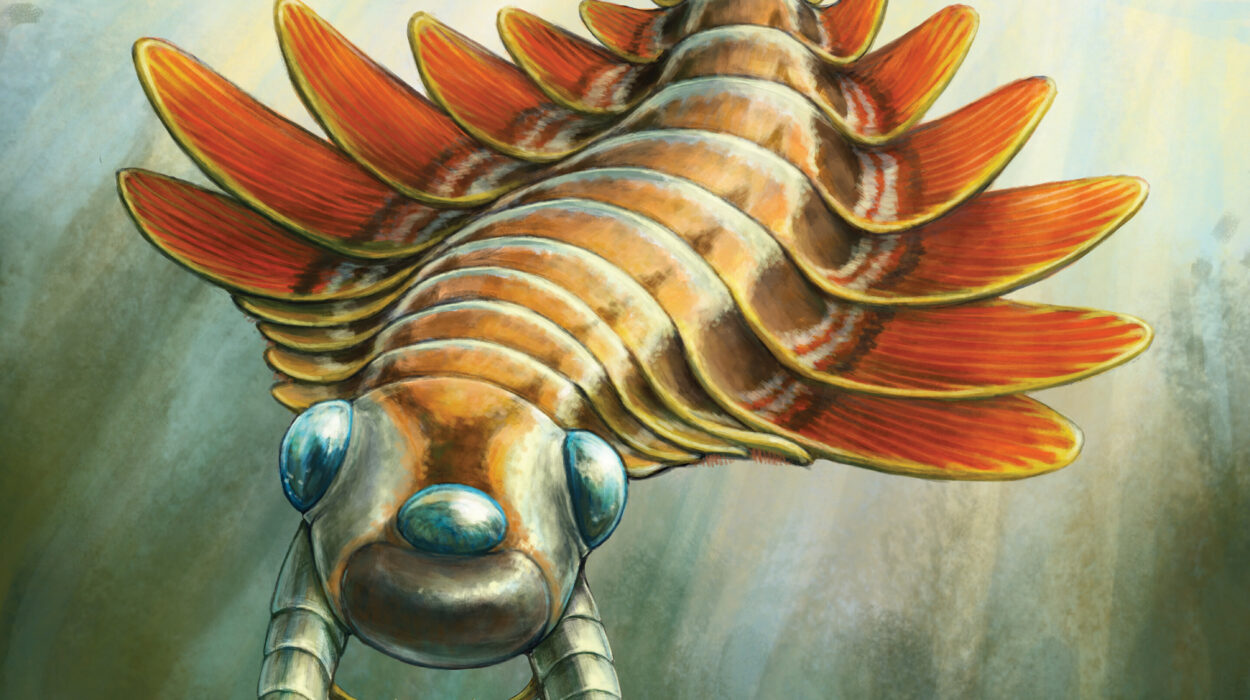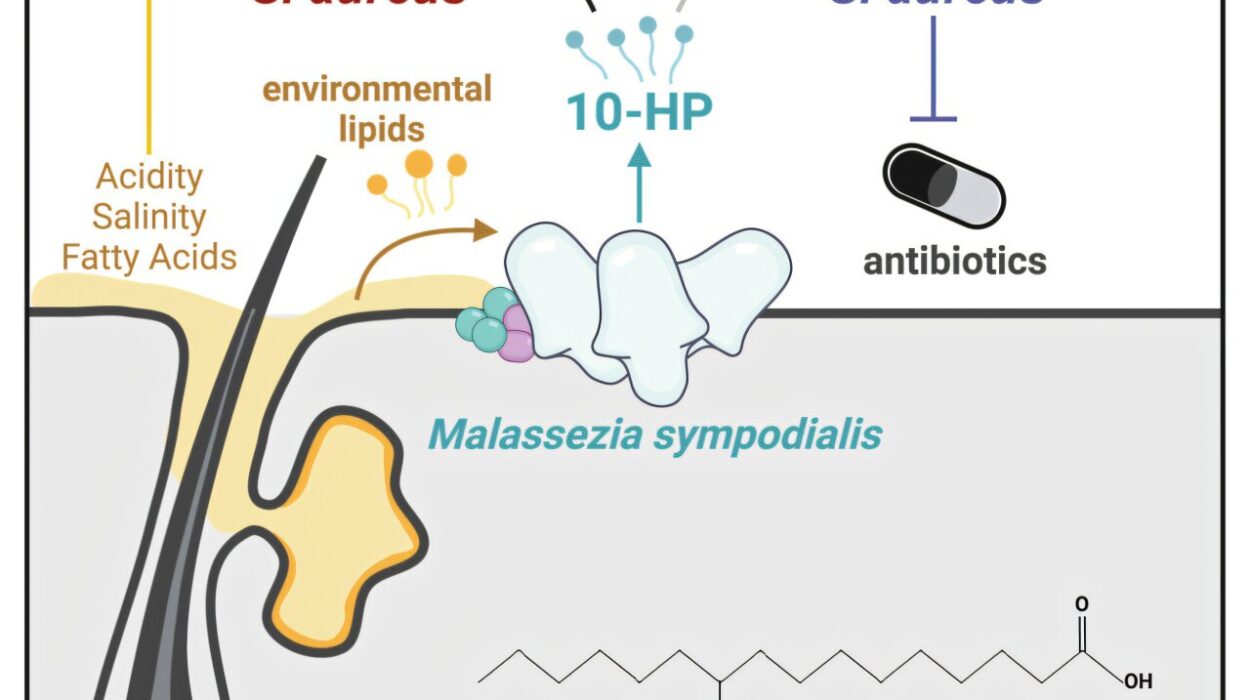In the sunbaked rocks of southern Brazil, a silent witness from the deep past has been holding onto its secrets for more than half a century. For decades, the fossilized stems of an ancient plant lay in museum drawers, labeled simply as Lycopodites riograndensis. It was a safe, catch-all classification — the kind paleobotanists use when a fossil’s finer details remain hidden.
But this fossil had more to say.
Now, thanks to a blend of cutting-edge microscopy, scientific patience, and a dash of curiosity, researchers have not only redefined this plant’s identity but created an entirely new genus to house it: Franscinella riograndensis. The finding, led by paleobotanist Júlia Siqueira Carniere as part of her master’s research at the University of Vale do Taquari—Univates, has solved a paleobotanical puzzle that has frustrated scientists for decades.
This is not just a story about renaming a fossil. It is about seeing the unseeable — and about the power of modern science to coax whispers from stone.
The Mystery of the Missing Spores
The newly classified Franscinella lived during the Permian Period, between 298.9 and 252.17 million years ago, in what was then part of the supercontinent Gondwana. This was a world of strange forests and early reptiles, where vast swampy plains were dominated by lycopsids — ancient relatives of today’s club mosses.
For years, paleobotanists knew that lycopsids were present in Brazil’s Paraná Basin, but one critical piece of evidence remained missing: in situ spores — tiny reproductive cells preserved still nestled inside the plant’s own tissues. Finding such spores would create a direct link between the visible plant fossil (macrofossil) and microscopic fossil spores (microfossils), allowing scientists to piece together ancient ecosystems with far more precision.
It was a gap that persisted for more than 50 years. And Franscinella turned out to be the missing link.
Looking Again, Looking Deeper
The breakthrough began when Carniere and her team decided to revisit the old Lycopodites riograndensis fossils stored in the Univates Paleontological Collection. Decades ago, researchers could only describe these fossils based on what the naked eye — and basic magnification — could reveal: the general shape of the stems, the way they branched.
But modern paleobotany has new weapons.
Using scanning electron microscopy (SEM), vinyl polysiloxane silicone molding (VPS), and transmitted light microscopy, the team examined the fossils at a level of detail never before possible. These methods can map surfaces down to the scale of microns and even capture internal structures without destroying the specimen.
The result? A treasure trove of new details:
- Isotomic branching patterns in the stems — a classic signature of certain lycopsids.
- Tracheids — microscopic water-conducting cells — with their internal architecture still preserved, offering clues to the plant’s vascular system.
- And, at last, trilete spores with verrucate sculpture — preserved in situ.
The Microfossil Rescue
Recovering these spores was no easy feat. Fossilized plant tissue can be stubborn, and extracting microscopic spores without damaging them requires skill — and specialized infrastructure. That’s where the itt Oceaneon Technological Institute at the University of Vale do Rio dos Sinos (Unisinos) came in.
This lab, known for retrieving delicate microfossils like pollen, spores, and even tiny marine organisms, developed a protocol tailored for the Franscinella material. It worked. The spores emerged intact, looking for all the world as though they’d just been released by a living plant — despite having been entombed for nearly 300 million years.
Connecting the Dots Across Time
The spores matched those of the palynological genus Converrucosisporites, well-known from Permian deposits in the Paraná Basin. This is significant because it directly connects the macro record (the plant fossil itself) to the micro record (its reproductive cells), uniting two halves of the paleobotanical puzzle.
This connection strengthens our understanding of Permian ecosystems in Gondwana, allowing scientists to reconstruct ancient plant communities in unprecedented detail. It also aids biostratigraphy — the science of dating and correlating rock layers based on their fossil content — making it easier to link South American records with those from other parts of the world.
Why This Matters
In paleontology, reclassification is not just a bureaucratic reshuffling of names. It is the act of rewriting a chapter of life’s history. For Franscinella riograndensis, the name change reflects a leap in understanding: from a vaguely identified fossil to a well-characterized species with a known reproductive structure, anatomy, and ecological context.
The find also highlights the value of looking again. Many museum collections contain specimens described decades ago under the limits of their time. Today, with new tools and techniques, those same fossils can tell entirely new stories.
From a global perspective, Franscinella adds to the very short list — just five known examples — of herbaceous lycopsids with in situ spores from the Permian. That makes it a rare and globally relevant piece of paleobotanical evidence.
Echoes from Gondwana
In the end, the discovery of Franscinella riograndensis is a reminder that even in well-studied fossil beds, the past can surprise us. With each advance in technology, we peel back another layer of deep time, revealing the complexity of life that once thrived on our planet.
Somewhere in the Paraná Basin, nearly 300 million years ago, a delicate lycopsid released its spores into a warm, humid breeze. Today, those spores have spoken again — across oceans of time — to tell us not only what they were, but who they belonged to.
And all it took was the right eyes, the right tools, and the patience to listen.
More information: Júlia Siqueira Carniere et al, Franscinella riograndensis (Salvi et al.) gen. nov. et comb. nov.: The first record of a lycopsid with in situ spores for the Permian strata of the Paraná Basin, Brazil, Review of Palaeobotany and Palynology (2025). DOI: 10.1016/j.revpalbo.2025.105401






